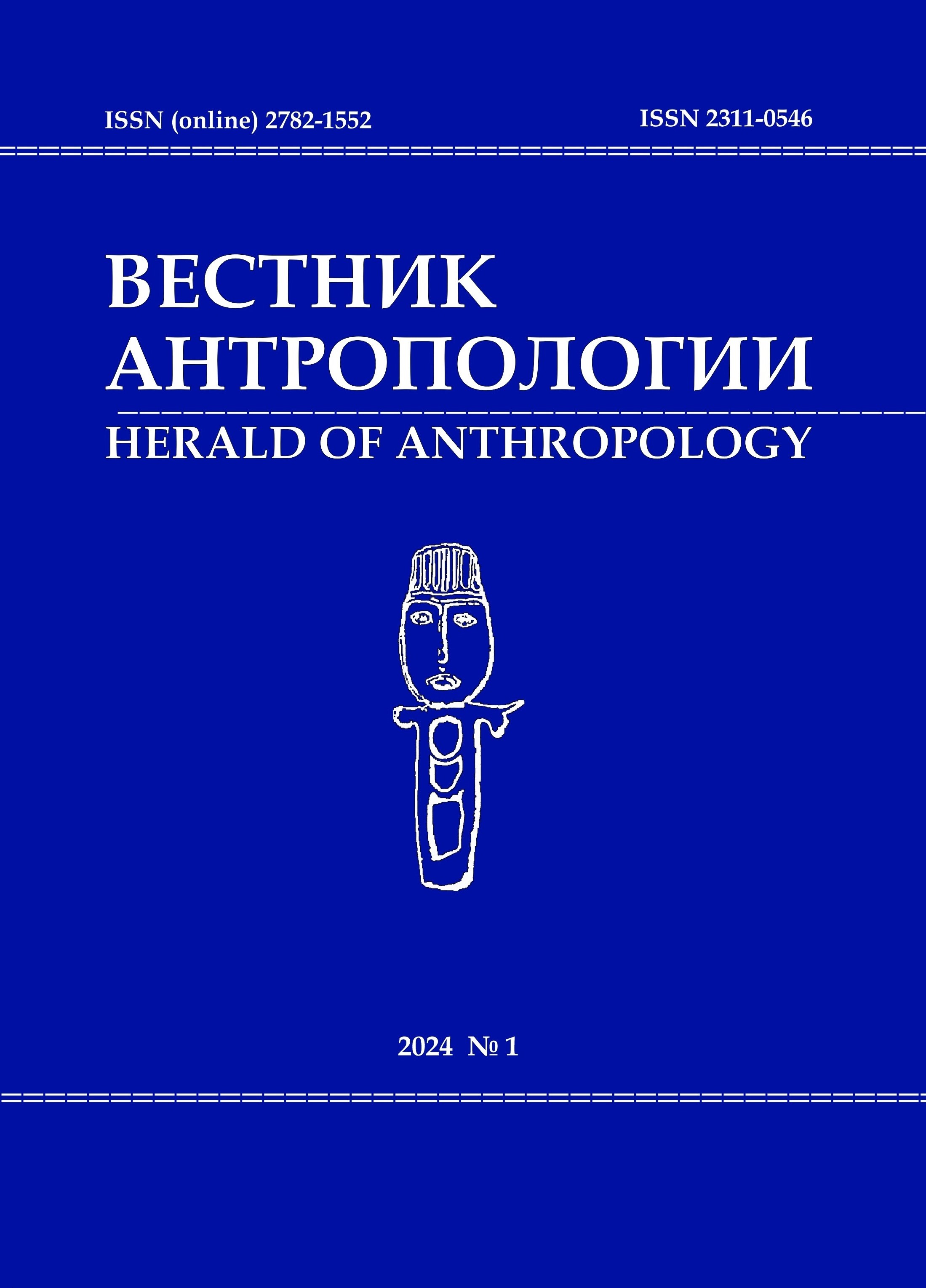Механизмы ранней социальной эволюции: от палеолита — к государственности
10.33876/2311-0546/2024-1/329-347
Ключевые слова:
социальная эволюция, неолитическая революция, вождества, чифдомы, признаки государственности, монополия на насилие, структура управленческих позицийАннотация
В статье рассмотрены главные движущие силы и механизмы первых крупных социально-эволюционных переходов после завершения антропогенеза: от верхнего палеолита и мезолита — к неолиту, затем к варварским вождествам (чифдомам) и к ранним государствам. Особое внимание уделено меняющейся роли организованного насилия и сдвигам в ментальности (от мифов — к эпосам и религиям). Остается дискуссионным вопрос об определении государства и о признаках (критериях) государственности. На основе анализа критики Р. Карнейро классического определения М. Вебера, а также оригинальной концепции М. Берента о негосударственном статусе древнегреческих полисов предложено синтетическое определение государства: к характеристикам, выделенным Карнейро и Вебером добавлен новый признак: воспроизводящаяся в поколениях формальная структура управленческих позиций, автономная от отношений родства. Выделены типовые черты ранних государств, отличающие их, как предшествующей стадии вождеств, так и от зрелой государственности. Показано, что значимость родства сохранялась на протяжении дальнейшего развития политических систем, в частности, в таких специфических формах как бюрократизированное местничество.






















